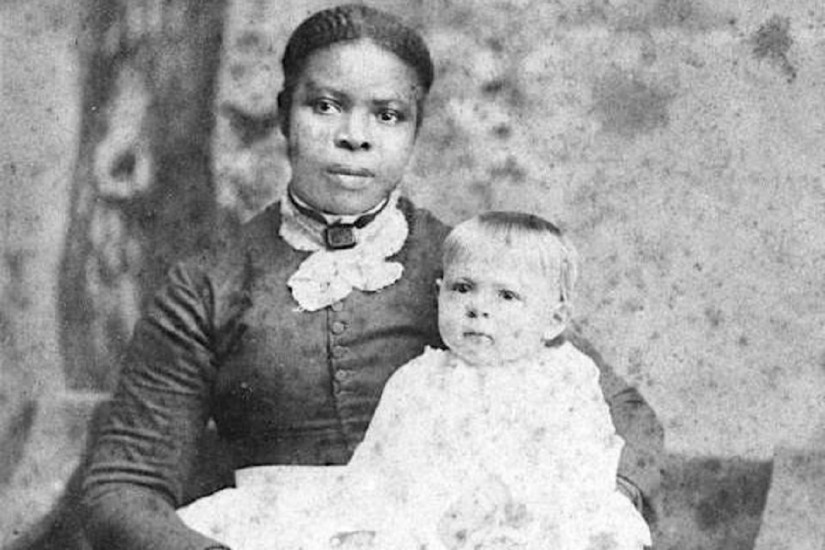"Because the extent of wet-nursing under slavery is hard to quantify, historians have tended to define its use in the South as fairly unusual and to maintain that its significance is hard to evaluate. The practice has yet to receive systematic analysis from historians of U.S. slavery, and few studies specifically speak to enslaved women's concerns about their infant feeding practices," write University of Reading researchers Emily West and R.J. Knight in a 2017 article in the Journal of Southern History.
Research by Sally McMillen, professor of history and department chair at Davidson College, estimates that one-fifth of slave owners relied on enslaved wet nurses to care for their children in the Antebellum South. Attempting to provide a more absolute number, West and Knight project that there could have been as many as 70,000 wet nurses across the region based on population counts of slave owners in 1850. Facing these enslaved women was a harsh life of trading the care of their own children in an effort to meet the requirements of their daily duties.
Slaveholders forced enslaved women to wean their own infants early (from around six months), so they could return to their labors; yet, ironically, wet nurses had to feed white children until they were about two years old,” write West and Knight, hinting at the physical toll that prolonged nursing would have on enslaved women.
According to the two researchers, this denigration of black motherhood, with slaves forced to dedicate most of their time to caring for their owner’s children, led to a more communal form of mothering among enslaved women where “the biological process of giving birth could be less significant than cooperating with each other to care for and nurture needy infants.”
Other evidence of the prevalence of the market for enslaved wet nurses comes from the number of advertisements in Southern newspapers during the 19th century. According to Jones-Rogers, a review of 57 Southern newspapers across the Carolinas, Alabama, D.C., Maryland, Virginia, Louisiana, Kentucky, Georgia, Florida, Missouri, Mississippi, and Tennessee revealed more than 1,300 advertisements for wet nurses between 1800 and 1865. Several examples of these sales showcase the market in Charleston.
“Offer at private sale, a young and healthy wet nurse. For particulars, apply at our office, South Side Adgers’ Wharf,” reads an add from slave trading firm Capers and Heyward that ran in the Charleston Mercury on June 7, 1865.
A May 10, 1842 advertisement from Theodore Whitney, a slave broker and auctioneer, invited prospective buyers to his home at 24 Horlbeck Alley off King Street to inspect a potential slave.
